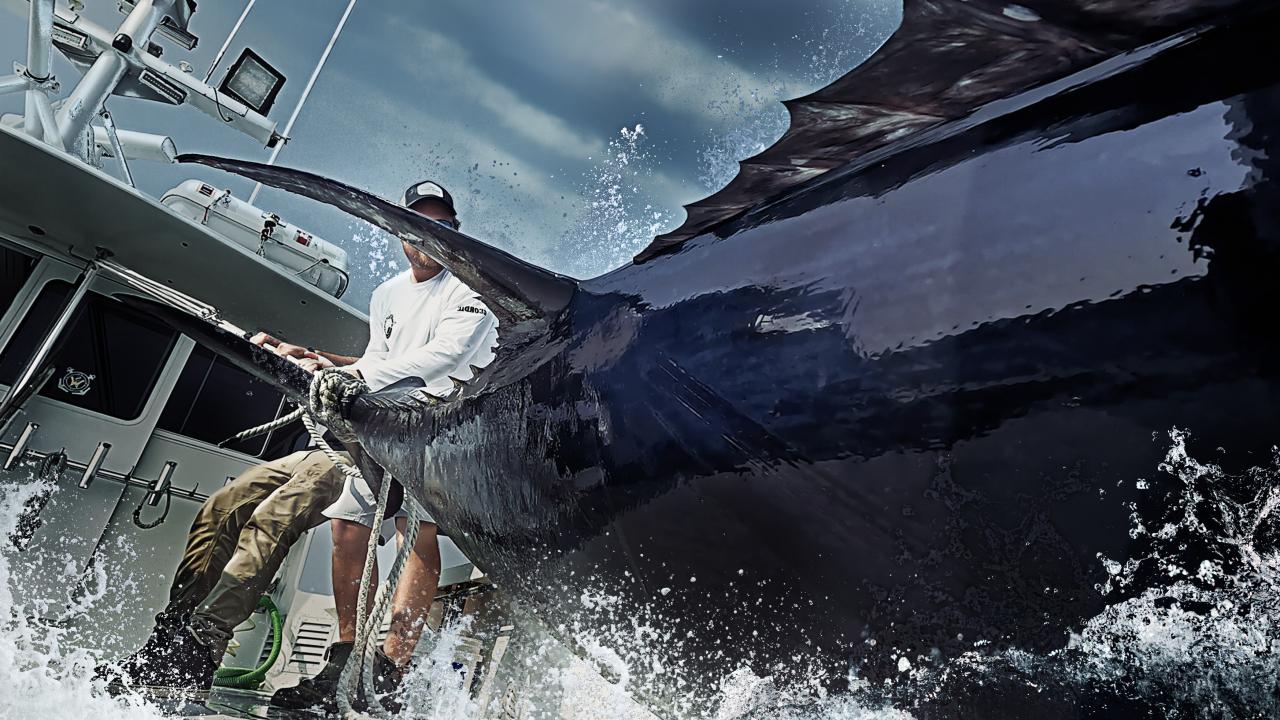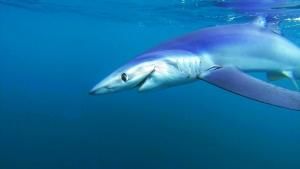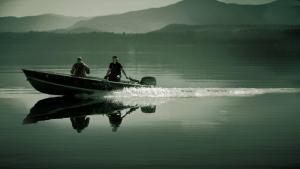- Canada
Americas
Asia & Oceania
Middle East & Africa
Europe
TV SHOWS
VIDEOS
Don't Miss
Most Viewed
Photographer S1
Show: PhotographerLawless Island S7
Show: Lawless IslandWicked Tuna S13 Promo
Show: Wicked TunaPolar Bear Cubs
Show: Wild CanadaShipwreck Treasure
Show: Wicked TunaThe Invaders
Show: Wild Yellowstone: She WolfCritter Fixers: Country Vets S6
Show: Critter Fixers: Country VetsMonkey Hot Tub
Show: Wild Japan: Snow MonkeysTo See God Inside Your Brain
Show: The Story of God with Morgan Freeman
PHOTOS
Photo of the day

WICKED TUNA
- HOME
- ABOUT
- VIDEOS
- PHOTOS
- LOCATION
- INTERACT
- MORE
- Plight of the Bluefin Tuna
- Still Waters: The Global Fish Crisis
- Frequently Asked Questions
- Bluefin Tuna
- Seafood Crisis: Time for a Sea Change
- Wicked Glossary
- Bluefin Tuna 101
- Gloucester: The Fishing Life
- Captain's Q&A
- Rod and Reel: Bluefin Tuna Fishing by the Numbers
- Overfishing
- 10 Things You Can Do to Save the Ocean
- Seafood Substitutions
- Cook Wise Recipes
- Bluefin Tuna Resources
- Bluefin 360
- LEARN ABOUT BLUEFIN TUNA
CAPTAIN'S Q&A
Q: To consumers who eat sushi, bluefin tuna are pretty much just food on a plate. But professional fishermen, who actually have to go out on the water and bring them in, seem to have a very different view. You seem to regard them with great respect as an adversary. Could you explain?
Bill Monte:People do not realise it, but these fish are very smart animals. Over the years, they’ve gotten pretty educated about our tactics, and they’re looking for leaders and hooks and lines. They are pretty careful about what they eat. So we’ve had to keep adjusting what we’re doing, what kind of gear we use. And once you get one, they’re not going to give in without a fight.
Kevin Leonowert:Bluefin don’t get a rest. They migrate from U.S. waters to the Mediterranean, and they’re targeted pretty much everywhere they go. Some of these fish have been cruising the oceans for 25 or 30 years, evading fishermen. If they weren’t tough and clever, they wouldn’t survive.
Dave Carraro:Some people think that fish can’t retain information, but I think they do. They know what’s right and what seems wrong. I think people are catching fewer bluefin these days because of it. I’m not a biologist, but it seems almost as if some sort of evolution is taking place in a short time, where knowledge is being passed down. We used to catch them on 400 – 500 pound casts. Now, we have trouble getting them on 200.
Q: In the movie “The Perfect Storm,” the captain played by George Clooney is under tremendous pressure to catch as many fish as possible. How much pressure is there in real life?
Kevin Leonowert: Well, I do harpoon fishing, and it’s a lot of pressure. You’ve got the weight of the world on your shoulders. Everybody on the boat sees that fish, but you’re the one who has to get it. If you don’t make the hit, it’s all wasted. And there’s a lot of money at stake. I’ve got a wife at home to support, and two guys on the boat who need to get paid, and the spotter pilot who’s looking to get paid, too. But I say to the guys, “Free your mind, and your ass will follow.” (laughs)
Ralph Wilkins:The pressure doesn’t bother me. I like living on the edge. That’s why I do this. And anything is achievable. If you set your mind to it, you can do it.
Q: What about the danger in your work? Your hometown is a place with a monument to thousands of your predecessors who’ve lost their lives at sea, and Gloucester, in the north-eastern US, is famous for a book and movie, “The Perfect Storm,” about the loss of a ship and its crew.
Dave Marciano:I think people have the impression that we’re a bunch of cowboys out there. We’re professionals. In our profession sometimes you have to take risks. But there’s a difference between being a go-getter and being careless. I think I walk that line pretty carefully. On the other hand, you’ve got to make a paycheck, and when the weather gets crappy, some guys don’t want to be out there. That makes the fish more valuable for those of us who are willing to push a little harder.
Q: There seems to be a sentiment among Gloucester fishermen that you’ve been unfairly blamed for the decline of the bluefin population. Could you explain?
Bill Monte:For years, we used to catch so many bluefin that we had monthly quotas a lot of the time, and sometimes a month would only be open for three days, because the boats would catch 90.72 metric tons in that time, and then they’d shut us down. But then, for a few years, the fishing declined dramatically, because the herring boats cleaned out all the bait. But they blamed us because there weren’t any fish. We went to meetings and complained, “You’re killing the bait!” The fish are going to go where there is food — that’s the restaurant for them. But since that’s stopped, over the last couple of years, we’ve seen a lot more fish, and big ones that aren’t supposed to be out there anymore.
Q: Another thing that’s amazing about bluefin fishermen is that you all are amazingly fit-looking and athletic, even in middle age. Do you train to prepare for fishing?
Dave Carraro:The fishing is the workout. It’s totally anaerobic, from just trying to stand up on a rough day, cranking on the rod, moving things around on the deck. It’s an incredible load on your muscles. But it also puts a lot of strain on your body. I’ve got five ruptured disks in my back. You’ve got to have good awareness, to be able to protect yourself.
ADVERTISEMENT
PHOTOS

Bluefin Catch
Join these men and woman in the fishing of one of the smartest fish in the ocean and the hardest...
- All Galleries
VIDEOS
More On Society


![The Notre Dame Cathedral. This is... [Photo of the day - 17 APRIL 2024]](https://assets-natgeotv.fnghub.com/POD/15226.ThumbL.jpg)
![Dorado Octopus arms reaching out.... [Photo of the day - 16 APRIL 2024]](https://assets-natgeotv.fnghub.com/POD/15166.ThumbL.jpg)
![Nile Crocodile swallows prey whole. ... [Photo of the day - 15 APRIL 2024]](https://assets-natgeotv.fnghub.com/POD/15164.ThumbL.jpg)







